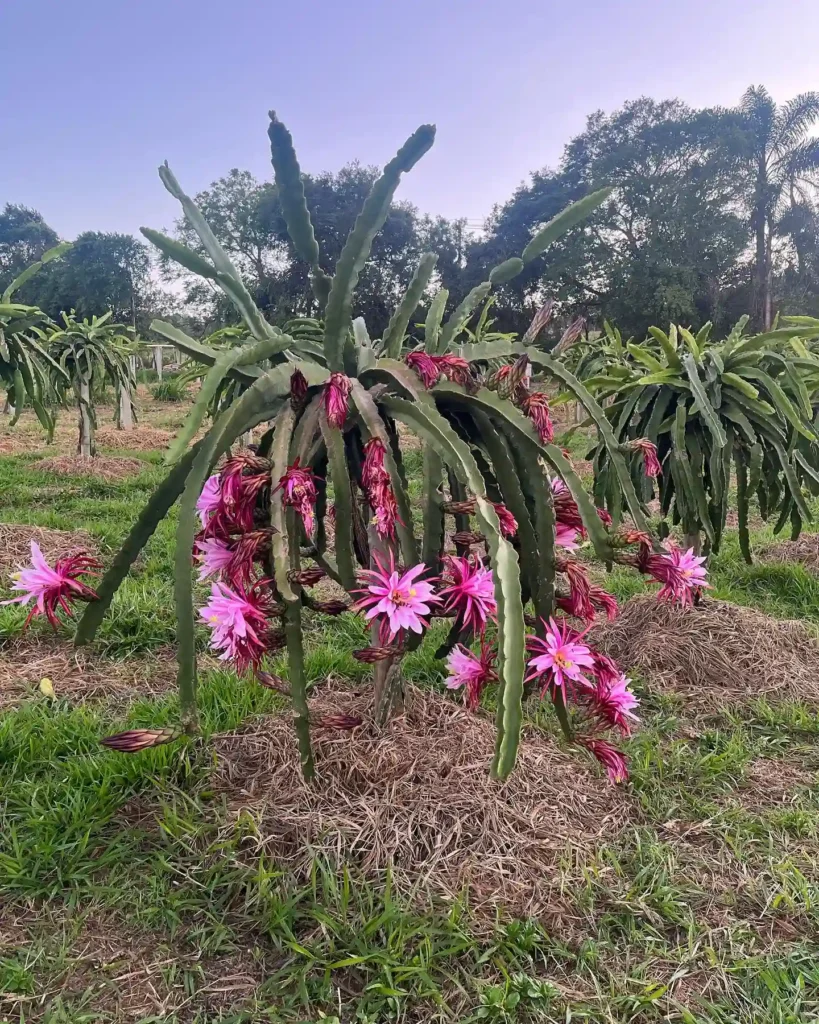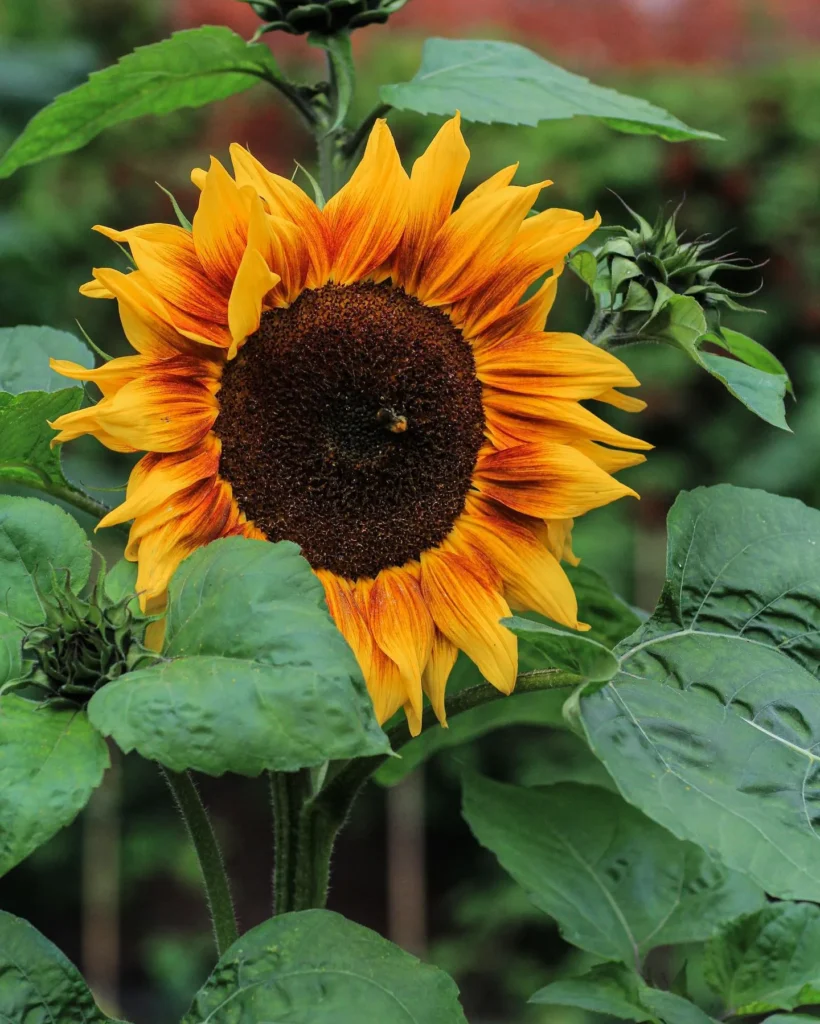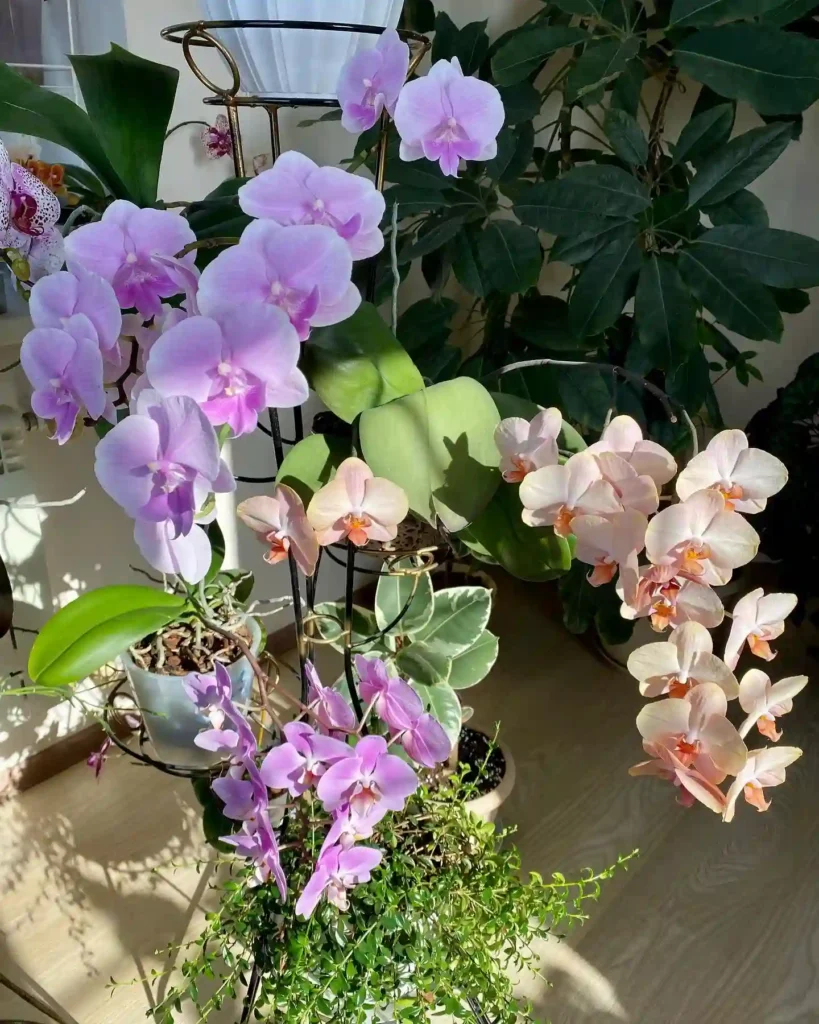
Exploring Sansevieria (Now Dracaena)
When I think about the genus Sansevieria – Snake Plant, which is now synonymized with Dracaena, a wave of appreciation sweeps over me. These plants have carved out a special niche in my heart. Known for their resilience, diverse forms, and adaptability, they are a staple in many plant collections—including mine. Today, I want to share my experience and insights into these fascinating species.
198 Species in Genus Dracaena
- Sansevieria aethiopica
- Sansevieria arborescens
- Sansevieria ascendens
- Sansevieria aubrytiana
- Sansevieria bacularis Plant FAQs: Sansevieria Bacularis
- Sansevieria bagamoyensis
- Sansevieria ballyi
- Sansevieria braunii
- Sansevieria burdettii
- Sansevieria burmanica
- Sansevieria canaliculata
- Sansevieria caulescens
- Sansevieria concinna
- Sansevieria conspicua
- Sansevieria cylindrica Plant FAQs: African Spear Plant – Sansevieria Cylindrica
- Sansevieria dawei
- Sansevieria dhofarica
- Sansevieria dooneri
- Sansevieria downsii
- Sansevieria dumetescens
- Sansevieria ebracteata
- Sansevieria ehrenbergii
- Sansevieria eilensis
- Sansevieria erythraeae
- Sansevieria fasciata
- Sansevieria fischeri
- Sansevieria formosa
- Sansevieria forskaliana
- Sansevieria francisii Plant FAQs: Sansevieria Francisii
- Sansevieria frequens
- Sansevieria gracilis
- Sansevieria gracillima
- Sansevieria hallii
- Sansevieria hargeisana
- Sansevieria humiflora
- Sansevieria hyacinthoides
- Sansevieria itumei
- Sansevieria kirkii Plant FAQs: Sansevieria Kirkii
- Sansevieria liberica
- Sansevieria lineata
- Sansevieria longiflora
- Sansevieria longistyla
- Sansevieria lunatifolia
- Sansevieria masoniana Plant FAQs: Whale Fin Plant – Sansevieria Masoniana
- Sansevieria metallica
- Sansevieria newtoniana
- Sansevieria nilotica
- Sansevieria nitida
- Sansevieria parva
- Sansevieria patens
- Sansevieria pearsonii
- Sansevieria pedicellata
- Sansevieria perrotii
- Sansevieria pfisteri
- Sansevieria phillipsiae
- Sansevieria pinguicula
- Sansevieria powellii
- Sansevieria powysii
- Sansevieria raffillii
- Sansevieria roxburghiana
- Sansevieria sambiranensis
- Sansevieria scimitariformis
- Sansevieria senegambica
- Sansevieria sinus-simiorum
- Sansevieria sordida
- Sansevieria stuckyi Plant FAQs: Sansevieria Stuckyi
- Sansevieria subspicata
- Sansevieria subtilis
- Sansevieria suffruticosa
- Sansevieria trifasciata
- Sansevieria varians
- Sansevieria volkensii
- Sansevieria zeylanica
FAQs
Are snake plants toxic to cats?
When I discovered that snake plants (Sansevieria) are toxic to cats, I immediately moved mine to a higher shelf to ensure my curious feline wouldn’t nibble on the leaves and get sick.
Are snake plants poisonous to dogs?
Similarly, I had to be cautious with my dog around snake plants since they are also poisonous to dogs, so I placed them in rooms where my dog doesn’t usually roam.
Can snake plants live outside?
I’ve experimented with placing snake plants outside in shaded areas during summer, and they’ve thrived surprisingly well, withstanding heat and even some direct sunlight.
Do snake plants need light?
My snake plants have always preferred bright, indirect light, but I’ve found they can tolerate low light conditions for extended periods without much complaint.
Why is my snake plant drooping?
Whenever my snake plant starts drooping, it’s usually a sign that I’ve overwatered it, and I quickly adjust my watering schedule to let the soil dry out completely.
Why is my snake plant turning yellow?
Yellowing leaves on my snake plants have often indicated either too much water or poor drainage, prompting me to repot them in a well-draining soil mix.
Is a snake plant a succulent?
I’ve always considered snake plants to be succulents because their thick, fleshy leaves store water, allowing them to survive in arid conditions.
How to water a snake plant?
I water my snake plants sparingly, usually once every three weeks, ensuring the soil is completely dry before giving them a good soak.
Do snake plants like to be root bound?
It seems snake plants do well when a bit root bound, as I’ve noticed they grow more robust and upright when slightly confined in their pots.
How fast do snake plants grow? How to make snake plant grow faster?
The growth rate of my snake plants has been slow, but consistent, and I’ve found that placing them in bright light and giving them occasional fertilization helps speed up their growth.
Do snake plants like humidity?
Humidity hasn’t been much of an issue for my snake plants; they seem to thrive in the dry indoor air without any special humidity requirements.
What are snake plants good for?
In my experience, snake plants are excellent for improving indoor air quality, making them a valuable addition to any home for their ability to filter out toxins.
How to save a snake plant?
I’ve managed to save a drooping snake plant by cutting away the damaged parts, repotting it in fresh soil, and adjusting my watering habits.
Why is my snake plant curling?
When I notice my snake plant’s leaves curling, it usually indicates underwatering, and giving it a thorough watering helps straighten them out.
Do snake plants like coffee grounds?
I’ve experimented with adding coffee grounds to the soil of my snake plants, and while it didn’t harm them, I didn’t notice a significant difference in their growth either.
Do snake plants attract bugs?
Fortunately, I’ve never had issues with bugs on my snake plants, as their tough leaves seem to deter pests quite effectively.
Do snake plants like milk?
Using diluted milk to clean the leaves of my snake plant has helped them look shinier, though I make sure to wipe off any residue to prevent mold growth.
How to make snake plant bloom?
Getting a snake plant to bloom indoors has been rare in my experience, but providing ample light and proper care increases the chances of seeing their unique flowers.
Do snake plants need fertilizer?
Fertilizing my snake plants every couple of months with a balanced, diluted fertilizer has helped maintain their health and vigor.
Why is snake plant called mother in law’s tongue?
The nickname “mother-in-law’s tongue” always amused me, as it aptly describes the plant’s sharp, pointed leaves which remind me of a witty remark.
Are snake plants bad luck?
Despite some cultural beliefs, I’ve never considered snake plants to be bad luck; instead, their resilience and air-purifying qualities bring positivity to my home.
Snake Plant vs Spider Plant
I’ve found that the Snake Plant, with its striking, upright leaves, adds a sleek, modern touch to my space, while the Spider Plant’s cascading foliage brings a playful, dynamic vibe that I love to watch as it grows.
Snake Plant vs Aloe Vera
In my experience, the Snake Plant’s resilience to low light and neglect has been a lifesaver, whereas Aloe Vera’s need for bright light and its soothing gel have made it a handy and attractive addition to my sunny kitchen.
Snake Plant vs Peace Lily
The Snake Plant has been a sturdy, low-maintenance companion in my darker rooms, while the Peace Lily’s lush, glossy leaves and occasional blooms have brightened up my space with a touch of elegance and a pleasant hint of floral freshness.
Snake Plant vs ZZ Plant
The Snake Plant has always been a go-to for its tolerance of neglect and low light, but the ZZ Plant’s glossy, waxy leaves and its ability to thrive even in the driest conditions have made it my top choice for those harder-to-fill corners.
Snake Plant vs Money Plant
While the Snake Plant has proven its worth with its tough, upright leaves and minimal care needs, the Money Plant’s trailing vines and vibrant green leaves have brought a more relaxed and lush feel to my living room, making it a favorite for adding a touch of natural beauty.
Reflections on Reclassification
The shift from Sansevieria to Dracaena was initially puzzling. Yet, it underscores how science evolves. This reclassification places them within a broader genus, emphasizing their shared traits with other Dracaena species, such as similar flowering patterns and genetic markers.
For me, the name change doesn’t diminish their allure. Whether Sansevieria or Dracaena, they remain the sturdy, elegant companions I cherish.
Closing Thoughts
My journey with these plants is far from over. I still explore new species and experiment with placements and care techniques. Each plant tells a story—of resilience, beauty, and the wonders of nature.
If you’re considering adding a Sansevieria—or Dracaena—to your collection, I say go for it. These plants are forgiving, rewarding, and undeniably striking. They’ve enriched my space and my understanding of nature’s adaptability.
Wouldn’t it be incredible if more people discovered the joy of caring for these timeless plants? Let’s celebrate the enduring charm of Sansevieria, no matter what name it goes by.
If i die, water my plants!



